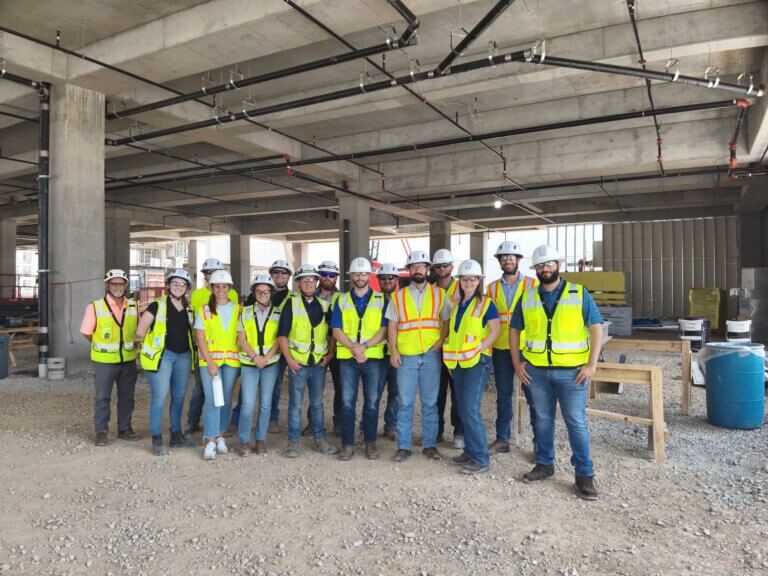
This article originally appeared on Healthcare Facilities Today.
Even before the COVID-19 pandemic, the demand for hospital space was increasing. Three years later, that demand has reached an all-time high.
To address space demands, healthcare facilities managers are paying more attention to modular construction over the last few years. The LEGO-block style assembly allows for quicker construction projects with less waste. But the preconstruction process that healthcare facilities have grown to be familiar with is different. Managers must make certain decisions sooner in order to better work with designers and trade partners.
Healthcare Facilities Today spoke with Jake Snyder, director of preconstruction with Hoar Construction on the reasons more hospitals and other healthcare facilities are looking to use modular construction for future buildings.
Healthcare Facilities Today: Why is the modular construction style becoming more popular within healthcare facilities? How does it speed up the construction process?
Jake Snyder: People who work in healthcare construction need to be more highly, specifically trained, and with the ongoing labor shortage, finding enough people has been difficult. Modular construction allows you to build things offsite, then install them with fewer people required on site, so it helps mitigate the challenges of a labor shortage. It’s also more predictable from both a cost and timeline perspective. Because modular components are planned for early in the construction process, the cost is set, and elements are ready when they need to be ready. The traditional way to speed projects up is to just add more people, but with modular, the time savings are built in.
Healthcare Facilities Today: How is modular construction more sustainable compared to traditional methods? Why is this of particular interest for healthcare facilities?
Snyder: Because modular construction elements are built in a production setting, waste goes down significantly. Also, shipping less material all over the country means less emissions. Healthcare facilities have always been early adopters of newer construction trends, and modular helps them achieve some green building goals that we’re seeing more of across the industry.
Healthcare Facilities Today: In what ways does modular construction help ensure building longevity? What types of materials are used?
Snyder: Quality control is greater with modular construction because it’s built in a factory setting. This means there are fewer needs for repairs or fixes during construction or even down the line. The same types of materials are used in modular as in traditional construction, but that additional quality control makes a significant difference.
Healthcare Facilities Today: Why is it so important that hospitals and other healthcare facilities are soundly built? How can residents of older facilities be assured of their safety?
Snyder: Patient safety is always important in healthcare construction, especially since they are 24/7 operations, even during construction. We have additional measures to ensure patient health and safety aren’t affected by construction activities, such as infection control risk assessment protocols. Because modular construction requires fewer people on site and less space for material lay-down, keeping up with safety protocols can be a simpler, more efficient process.

